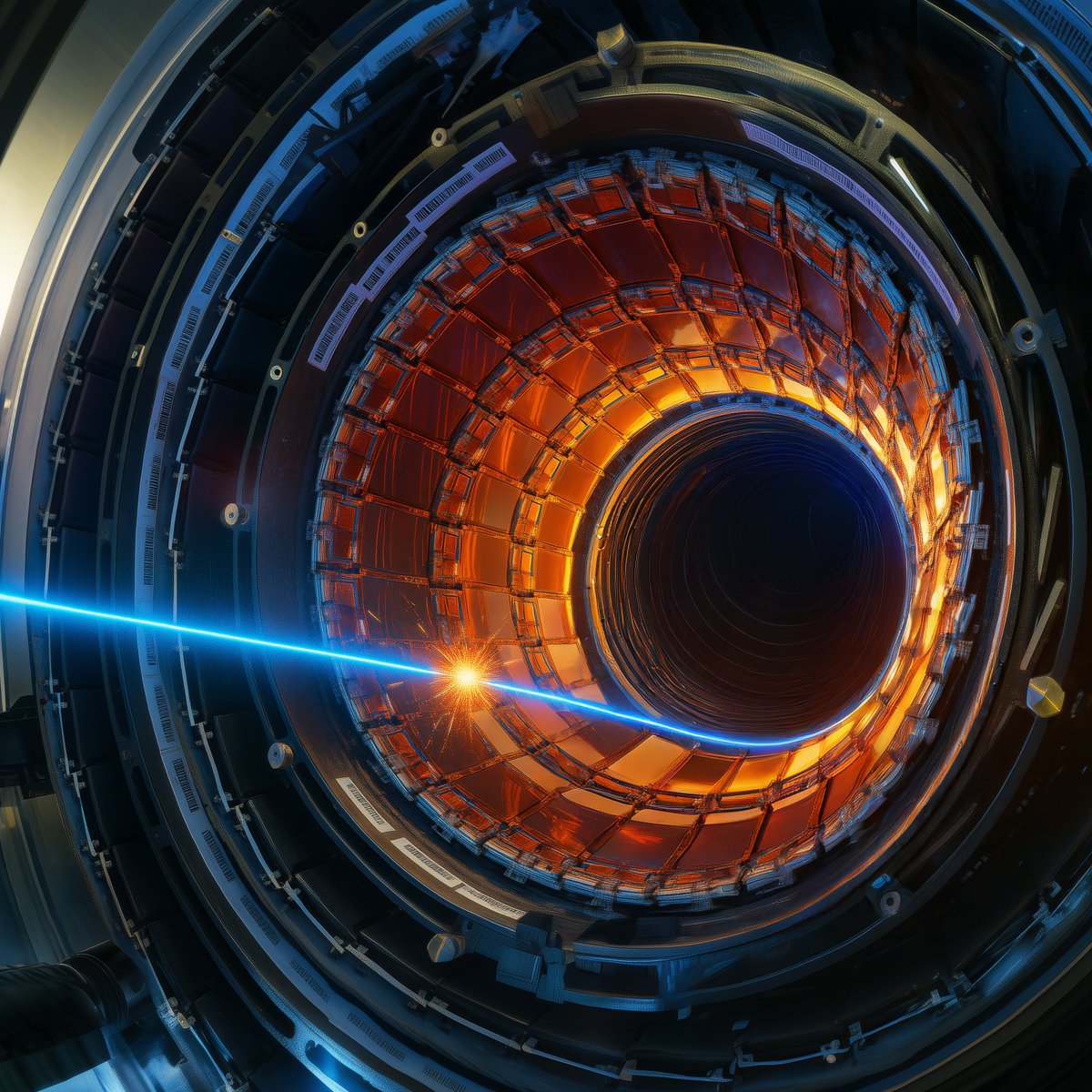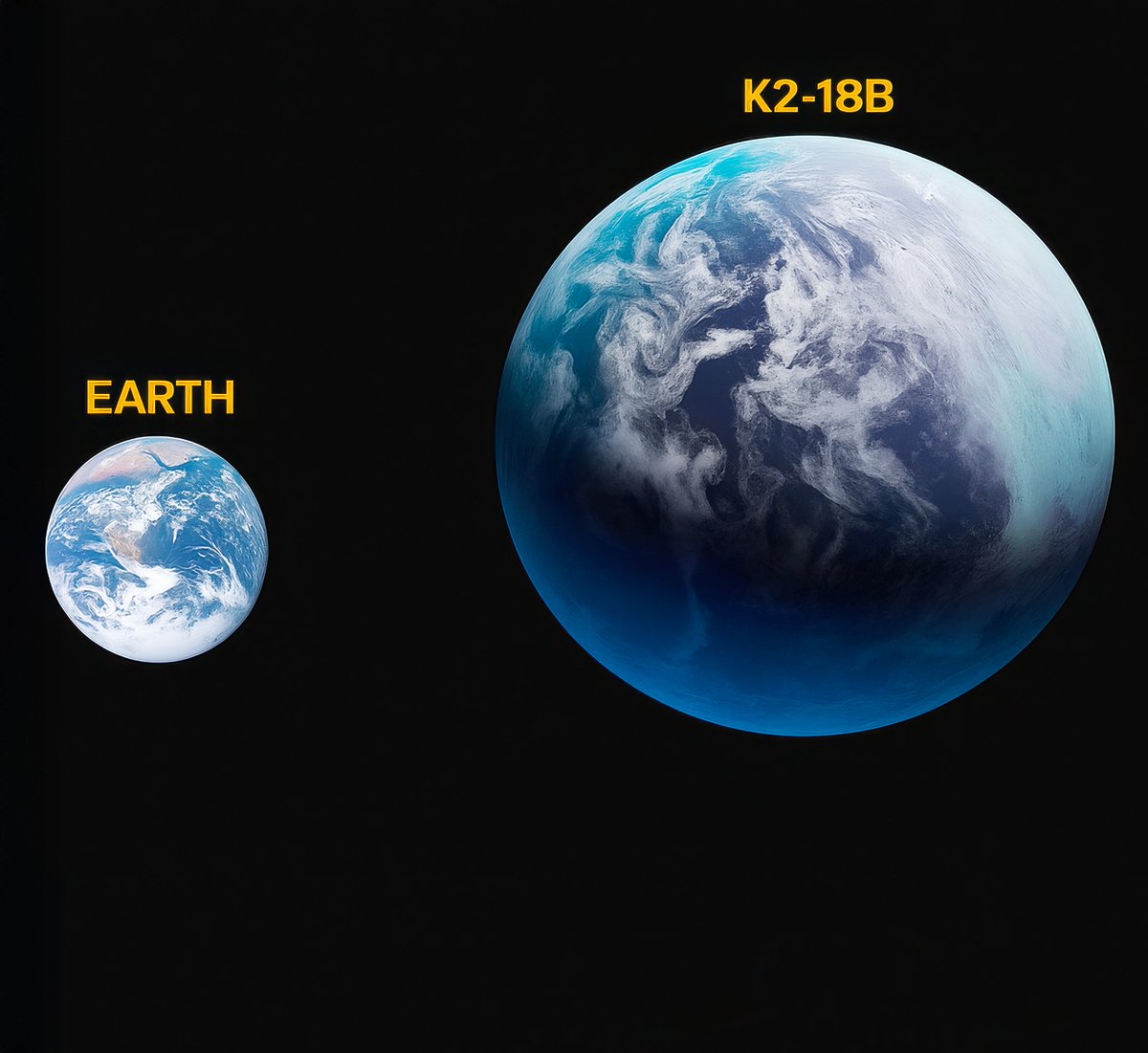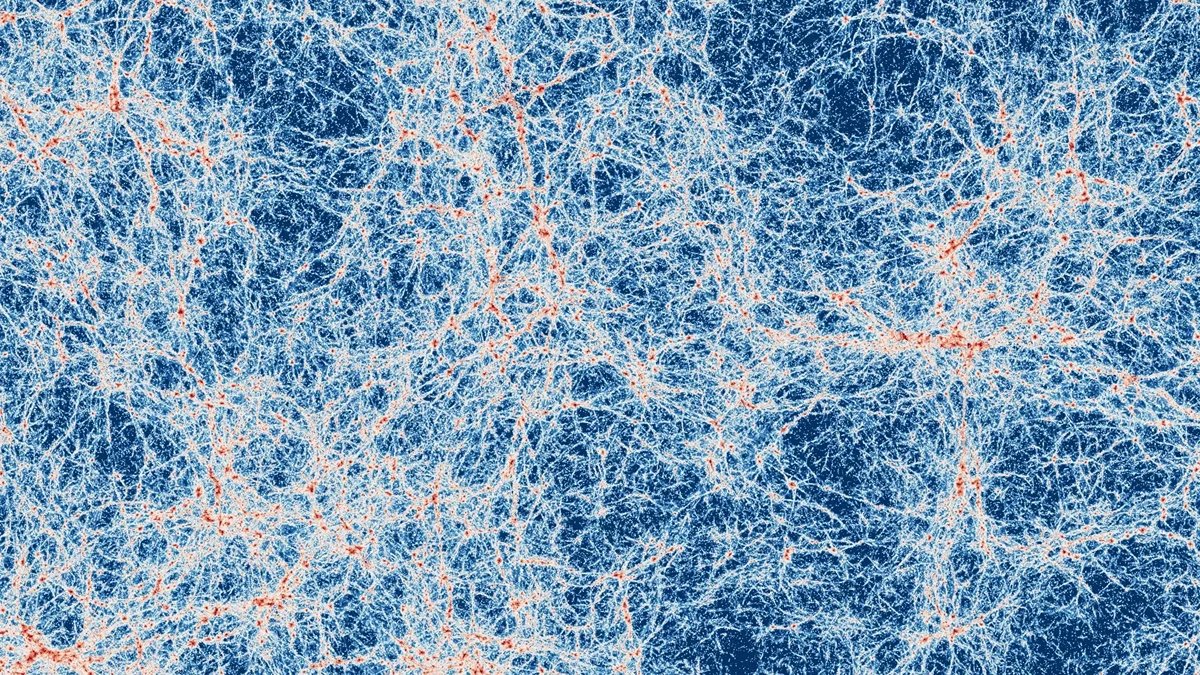🚨: New evidence reveals Earth could be trapped in a massive cosmic void in space — 2 billion light-years across 

Scientists suggest Earth lies inside a massive cosmic void about 1 billion light-years wide, where galaxy density is around 20% lower than average. This finding is based on patterns from ancient sound waves called baryon acoustic oscillations (BAOs).
This void could explain the “Hubble tension”—why the universe’s local expansion rate appears faster than distant measurements. Being in a low-density region might distort our view of how fast the universe is expanding around us.
BAOs act like a cosmic ruler. When scientists included a local void in their models, the data fit far better than with a uniform universe. This supports earlier findings of a galaxy shortage in our region, known as the KBC Void.
If confirmed, the void theory could solve cosmic puzzles without changing the Big Bang model. It suggests our location affects key measurements, and researchers plan further studies to test the idea using galaxy data and alternative methods.
more: sciencefocus.com/news/earth-tra…
more: sciencefocus.com/news/earth-tra…
• • •
Missing some Tweet in this thread? You can try to
force a refresh










